Farmers in Nga An commune convert traditional crops to grapes on rice fields.
In Nga Thang commune, although a net house system for growing cantaloupe and many other high -value crops had been built many years ago, Mai An Tiem Agricultural Cooperative still decided to switch to growing grapes. In early 2023, the cooperative reduced the area of other crops, and tested 2,000 square meters of Korean milk grapes and Black Summer grapes. After only 6 months, the grapes bore fruit, and after 1 year, they yielded 1 ton of fruit. To date, in Nga Thang commune, there are 3 grape growing models, all of which are giving much higher economic efficiency than traditional crops.
Mr. Le Van Nam, Director of Mai An Tiem Agricultural Cooperative, said: “Grapes are long-term crops, planted once and harvested for a decade, so there is no need to prepare the land and cultivate continuously like many other crops. Compared to cantaloupe, grapes are easier to cultivate, the problem is to grasp the technique, maintain adequate irrigation water through a modern drip irrigation system. Through the cooperative's model and many models in the old Nga Son district, on average, 1 hectare of grapes, if cared for properly, can yield a profit of 1 billion VND/year. I have planned to expand the grape growing area to 5,000m2 in the coming crops.”
In early August, when a new batch of grapes is plump and each bunch is getting heavier, Son Trang vineyard in Dong Tien commune opens its doors to visitors. This is the fourth year that the 1/2 hectare vineyard has borne fruit, bringing in hundreds of millions of dong in revenue each crop. According to the owner of the vineyard, Ms. Duong Thi Bang, in 2019, her family applied for the commune's policy and then consolidated and accumulated 1 hectare of agricultural land in the field right in front of the house. Initially, the family planted flowers, fruit trees such as grapefruit, guava and many short-term crops to quickly generate income and reinvest in production. Realizing that developing traditional crops was not very effective, and that many people planted them, making it difficult to sell agricultural products, in 2021, the couple decided to learn from experience, and to destroy part of the old crops to switch to growing grapes.
Initially, the couple signed a contract with a plant breeding center of a university in the North to supply quality grape varieties and transfer science and technology in the cultivation process. From the initial 800 Korean milk grape trees, she quickly expanded the area of Black Summer grapes to increase the total grape area to 2,500m2 by 2022.
Following the farming process, Ms. Bang harvests 2 crops per year, each crop of 2 - 3 tons of grapes, equivalent to an income of 300 - 400 million VND per year. Not only that, the couple also opens their doors to welcome visitors to visit and experience. Promoted through social networking platforms, and located just over 10km from Hac Thanh ward, many people come every day to learn and take photos. Many kindergartens and primary schools in the old Thanh Hoa city also bring students back to nature, experiencing grape picking as an extracurricular program. The ripe bunches of grapes are also mostly sold to visitors, the rest are purchased by traders who come to the garden to send to supply chains in and outside the province.
Many visitors came to visit and take photos at the grape growing model of Ms. Duong Thi Bang, Dong Loi commune.
When he saw some of the first successful grape growing models in many localities in the province, Mr. Le Van Thanh in Thang Loi commune also developed 1 hectare of grapes on local rice fields. Originally an active farmer in agricultural development in Te Loi commune, old Nong Cong district, he went to study the experience of many similar models in Bac Ninh province before returning to implement. Boldly borrowing more capital from the bank, Mr. Thanh renovated the infrastructure of the growing area, invested in trellises, drip irrigation systems, and planted 1,500 grape trees in 2000. After nearly 1 year of proper care, the first crop of grapes bore fruit, the following crops yielded about 8 tons each crop. According to Mr. Thanh, although the investment and cultivation costs of grapes are much higher than other crops, the average selling price of fruit is up to 130,000 VND/kg, so the profit per crop also reaches hundreds of millions of VND, much higher than traditional crops.
Through the cultivation process, Mr. Thanh has gained a lot of experience for himself. After each harvest, he must immediately nourish the plants by adding nutrients and organic fertilizers to loosen the soil. Old branches are pruned to stimulate the plants to grow more branches, which will produce more flower clusters and fruits for the next harvest.
According to many grape growing model owners, the biggest obstacle is that Thanh Hoa has cold winters with frost, which affects the growth of grape plants. Therefore, there must be a roof, and appropriate fertilization at each stage to nourish the plants through the most unfavorable weather period. As for other technical steps, they are not too difficult, so growers know how to learn and gain experience. Although there are no complete statistics, there are dozens of grape growing models in the province with different scales. Initially, it can be affirmed that this is a crop with high economic value, which can be introduced to diversify the agricultural crop structure of the province.
However, a concern is that currently there is no association or organization to connect the model owners, everything is spontaneous. This can lead to a situation where everyone does their own thing, and when mass development occurs, it can lead to a surplus crisis and difficulty in output. Mr. Nguyen Van Nam, Director of Van Hoa Agricultural Cooperative, is concerned: “We grow organically, bunches of grapes that are a few weeks old are already wrapped in plastic bags or mesh bags, so we don’t have to spray pesticides. However, when picking from morning to afternoon, the stems wilt, and the storage and transportation process can only last about 10 days before they spoil. While grapes in many places, especially imported ones, can be kept fresh for up to a month, many consumers think that it is related to preservatives, so they are afraid to buy and use them. This generally affects the output market and the price of grapes in organic farming models that comply with food hygiene and safety.”
Article and photos: Linh Truong
Source: https://baothanhhoa.vn/huong-di-moi-trong-da-dang-hoa-doi-tuong-cay-trong-258838.htm



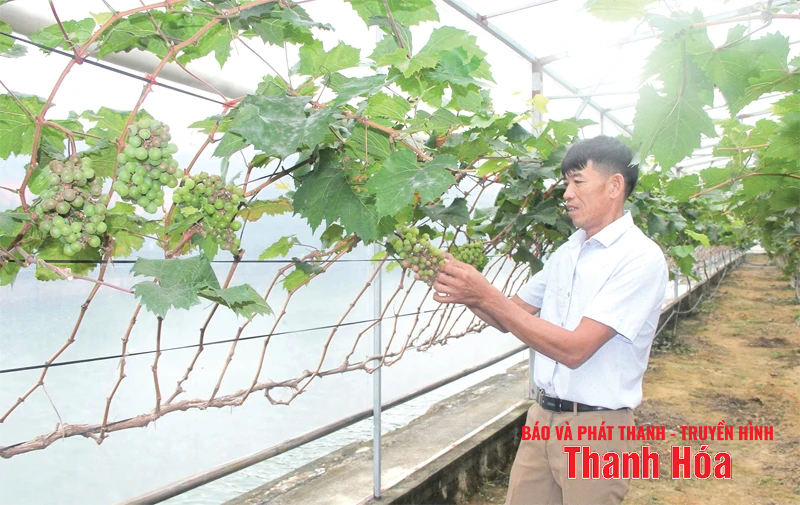
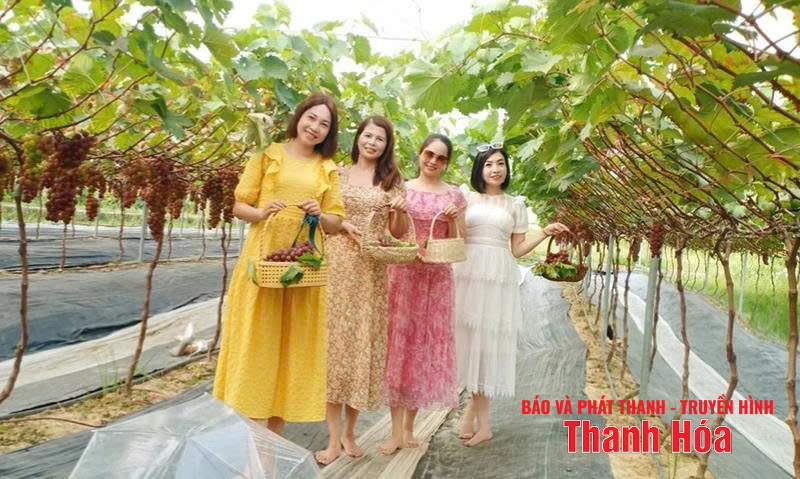









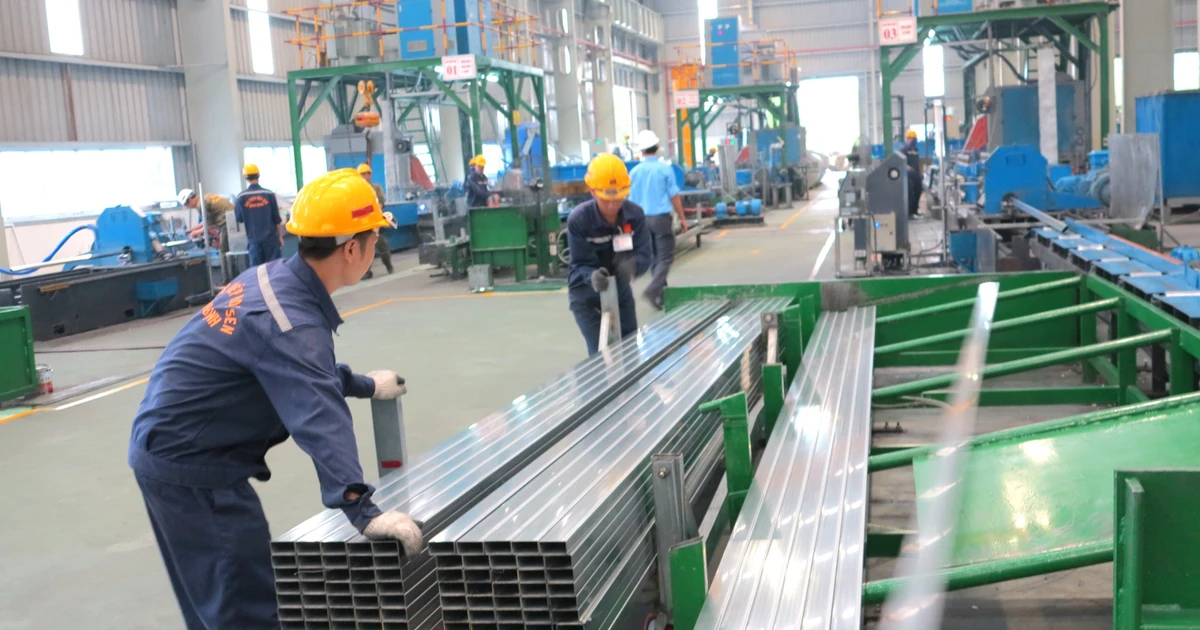














![[Photo] An Phu intersection project connecting Ho Chi Minh City-Long Thanh-Dau Giay expressway behind schedule](https://vstatic.vietnam.vn/vietnam/resource/IMAGE/2025/8/21/1ad80e9dd8944150bb72e6c49ecc7e08)

![[Photo] Politburo works with Standing Committees of Lang Son and Bac Ninh Provincial Party Committees](https://vstatic.vietnam.vn/vietnam/resource/IMAGE/2025/8/20/0666629afb39421d8e1bd8922a0537e6)


![[Photo] Prime Minister Pham Minh Chinh receives Australian Foreign Minister Penny Wong](https://vstatic.vietnam.vn/vietnam/resource/IMAGE/2025/8/20/f5d413a946444bd2be288d6b700afc33)





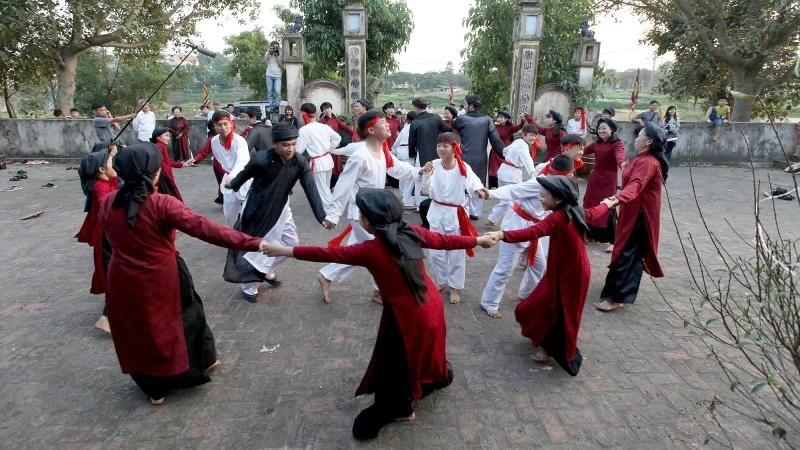

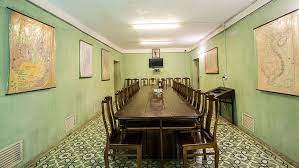













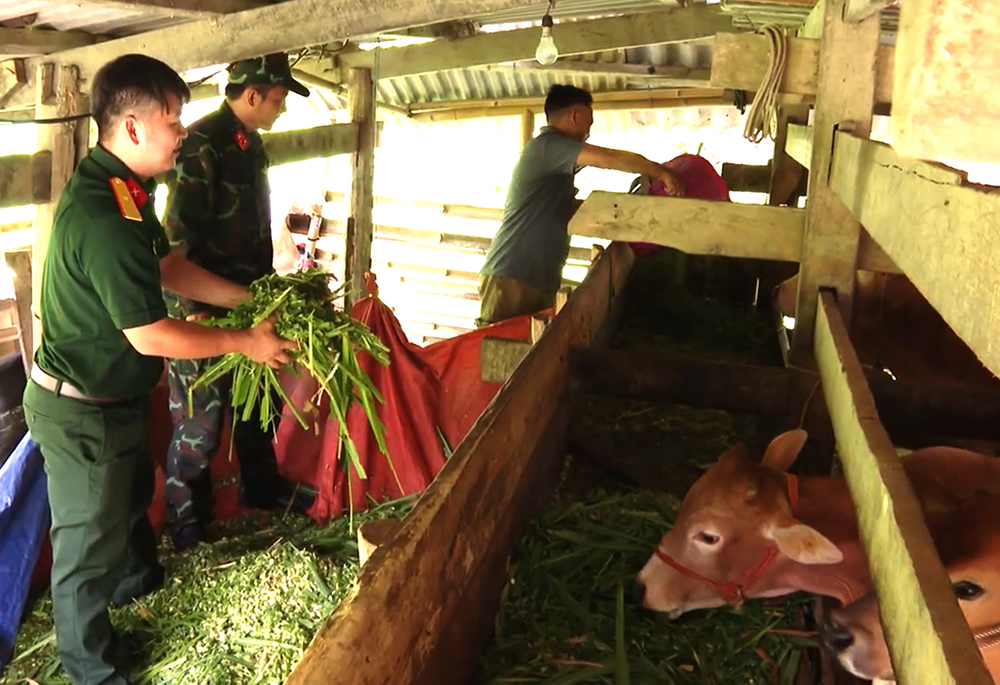

















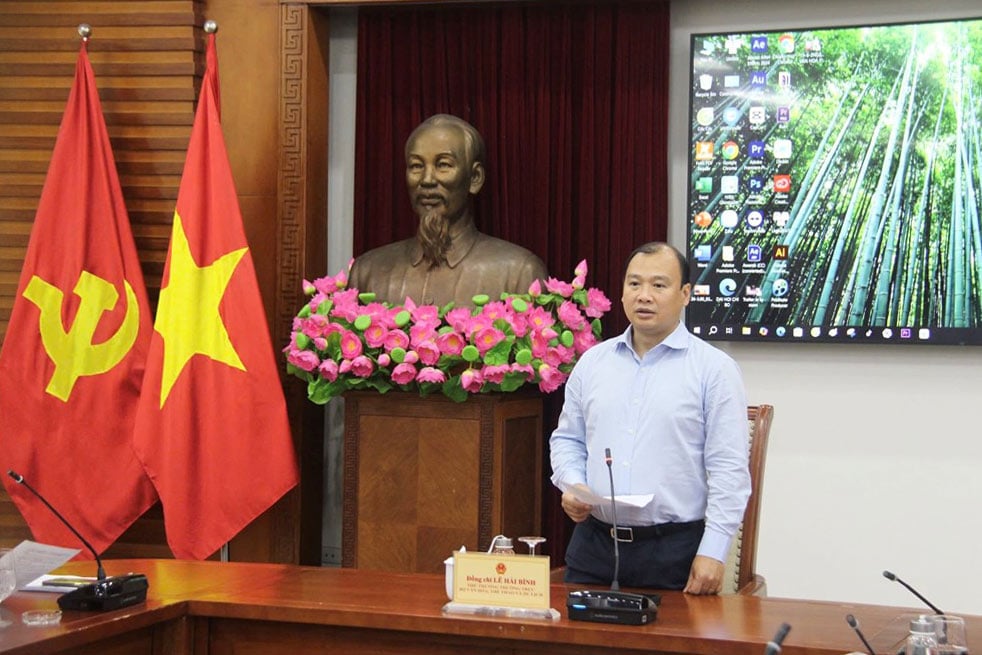

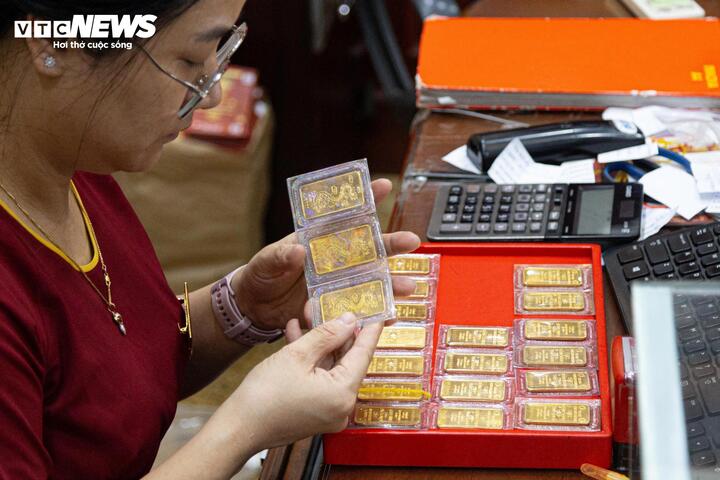




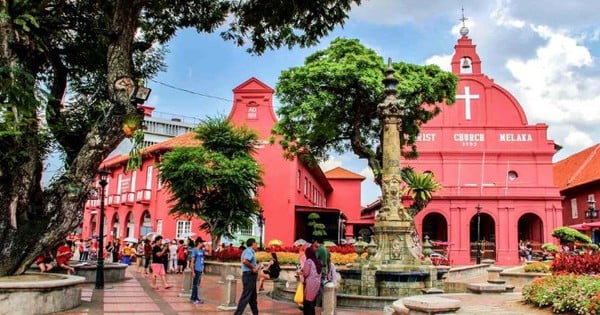























Comment (0)